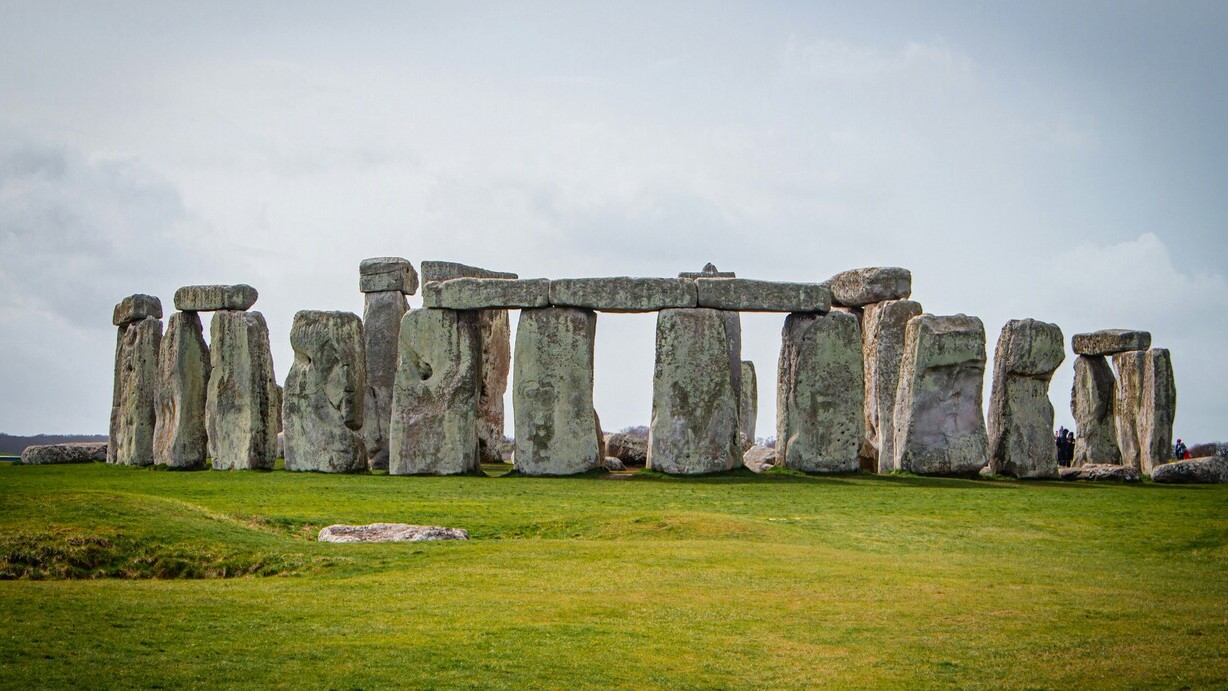Truth & Goodness
The “Journalist and Activist” Label: Why Graduates Struggle to Find Media Jobs
14 December 2025

The latest scans performed on the eastern face of the Menkaure Pyramid have revealed two perfectly shaped, empty chambers hidden right beneath the granite blocks. Scientists admit that this discovery may confirm the existence of a second entrance, adding to the list of ancient Egypt secrets.
The Menkaure Pyramid, the smallest of the three standing at Giza, held a secret for decades. Egyptologists puzzled over the precisely polished area of granite blocks on the eastern face. It looked very similar to the one found near the main entrance to the tomb on the northern side.
Is it possible that a second, undiscovered entrance leads into the pyramid? Scientists proposed this hypothesis several years ago, yet solid evidence was lacking until now. The latest research, however, might change this. Scanning using modern technology allowed researchers to discover mysterious, air-filled chambers deep within the pyramid.
The discovery is the work of scientists from the Technical University of Munich (TUM) and Cairo University, operating within the ScanPiramids project. The researchers published their findings in the journal NDT&E International. Three non-invasive research tools—ERT, GPR, and UST—allowed them to precisely examine the pyramid’s structure. What did they find inside the ancient tomb?
The combined data from the scans identified two distinct, air-filled areas located right behind the smoothed blocks. The larger one measures 1.5 meters at its widest point, and the smaller is just under a meter. Scientists ruled out that these could be natural cracks, as the objects possess too regular shapes. So, where did these empty spaces inside the pyramid come from?
It is plausible that we are looking at the remnants of a second entrance to the tomb. “The hypothesis of another entrance is highly likely, and our results bring us closer to confirming it,” says Prof. Christian Grosse of TUM, quoted in the university’s press release. Although scientists cannot officially confirm the discovery yet, modern scanning technologies have raised the hopes of Egyptologists for a breakthrough.
Researchers used three technologies to examine the Menkaure Pyramid. Each one helped detect one element of the mysterious air pockets:
Using three measurement methods was necessary to exclude the possibility of error and ensure that the discovered pockets were, in fact, man-made. Crucially, these techniques are non-invasive, allowing researchers to look inside the pyramid without damaging the valuable object.
But even this advanced technology has its limitations. The penetration depth of the measuring instruments does not allow researchers to look too far beneath the surface of the stone walls. Therefore, researchers emphasize that further measurements are necessary to fully prove the theory of a second entrance to the Menkaure Pyramid.
The discovery in the Menkaure Pyramid is another groundbreaking find in Giza in recent years. In 2023, archaeologists uncovered a hidden corridor in the Great Pyramid of Khufu (Cheops). Today, the tomb of another pharaoh is slowly revealing its ancient Egypt secrets. Does an unknown entrance genuinely lie hidden on the eastern face of the structure?
The smallest of the three Giza pyramids, previously considered the least mysterious, is once again drawing the eyes of researchers. How many ancient Egypt secrets did the ancient engineers still conceal within this impressive construction? And will modern technology help us uncover them all?
Read this article in Polish: Tajemnicze komory w piramidzie Mykerinosa. Jakie sekrety skrywa?
Truth & Goodness
14 December 2025


Science
13 December 2025

Zmień tryb na ciemny